Kyoto attracts millions of visitors each year to its famous temples and bamboo groves, but most tourists follow the same crowded routes through Gion and Arashiyama. The ancient capital holds over 2,000 temples and shrines, yet most people see fewer than ten of them. Beyond the Instagram hotspots lie incredible places where you can experience the real essence of traditional Japan without fighting through crowds of selfie-stick-wielding visitors.
These hidden corners of Kyoto offer authentic encounters with centuries-old traditions, secret gardens that few foreigners ever discover, and temples where monks still practice ancient rituals undisturbed by tourism. Here’s a list of 15 hidden gems that will show you the Kyoto that locals treasure most.
Sanzen-in Temple

This mountain temple in nearby Ohara sits surrounded by moss gardens that look like something from a fairy tale. The temple’s main hall houses a massive wooden Buddha statue carved over 1,000 years ago, while the gardens outside change dramatically with each season.
Autumn brings fiery maple leaves that contrast beautifully with the emerald moss, creating natural artwork that changes daily. The temple stays peaceful even during peak tourist seasons because most visitors stick to central Kyoto, missing this mountain sanctuary entirely.
Kurama-dera to Kifune Hike

This ancient pilgrimage route connects two sacred sites through pristine mountain forest, following paths that monks have walked for over 1,200 years. The hike takes about two hours and passes through cedar groves so old they were already giants when samurai ruled Japan.
Kifune village at the trail’s end offers riverside dining on wooden platforms suspended over crystal-clear mountain streams. Local restaurants serve kaiseki meals that incorporate wild plants foraged from the surrounding mountains, creating flavors you’ll find nowhere else in Japan.
Like Travel Pug’s content? Follow us on MSN.
Philosopher’s Path Early Morning

Most tourists walk this famous stone path during midday crowds, but dawn reveals its true magic when cherry petals float on the canal like natural confetti. The path connects several lesser-known temples, including Honen-in, with its moss-covered gate that photographers often seek out.
Early morning light filters through the trees, creating perfect conditions for contemplation without the constant chatter of tour groups. Local cats emerge from temple grounds to patrol their territory, adding unexpected charm to your peaceful walk.
Daigo-ji Temple Complex
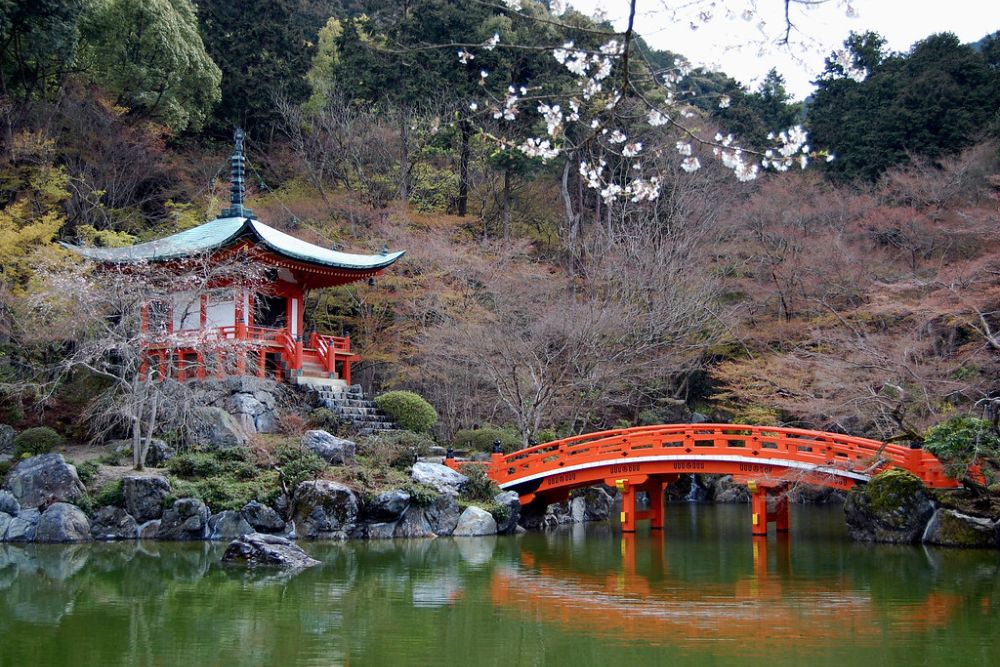
This sprawling temple complex covers an entire mountainside and includes areas that most visitors never discover. The upper temple requires a 30-minute hike through forest paths, but rewards you with views over all of Kyoto and some of the most pristine temple architecture in Japan.
The cherry trees here bloom later than famous spots like Maruyama Park, meaning you can enjoy spectacular flowers without massive crowds. The temple’s ancient multi-tiered pagoda stands as one of Japan’s oldest wooden structures, surviving earthquakes and wars for over 950 years.
Ginkaku-ji Silver Pavilion Gardens
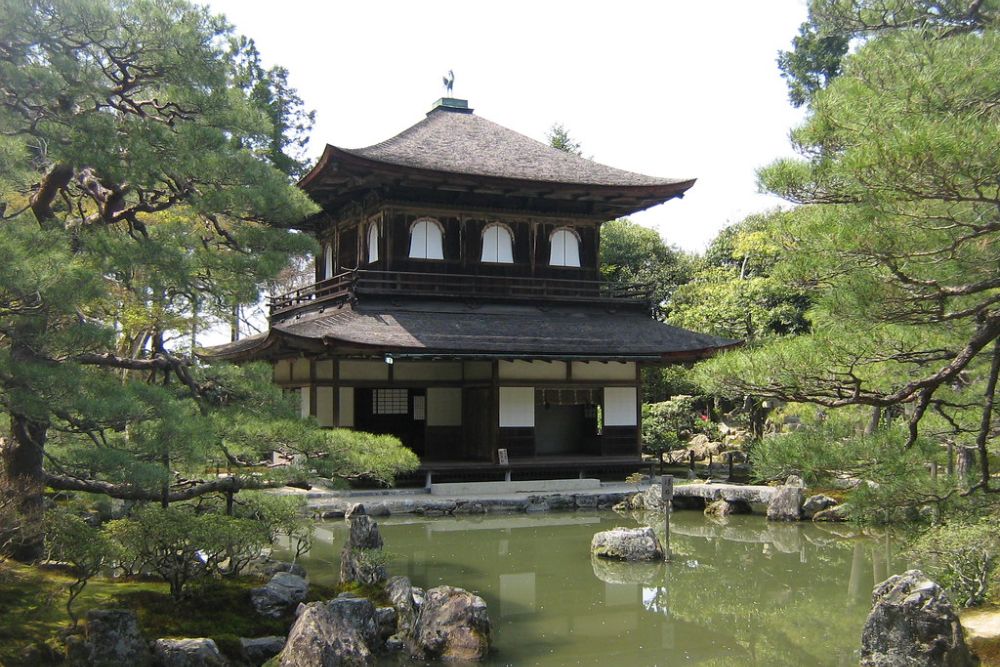
While everyone knows about the Silver Pavilion itself, few visitors explore the extensive gardens that climb the hillside behind the main building. The upper paths wind through carefully designed landscapes that took decades to perfect, offering different perspectives on traditional Japanese garden design.
From the highest viewing platform, you can see across Kyoto’s entire eastern mountains while surrounded by perfectly manicured vegetation. The gardens demonstrate how Japanese landscape architects create the illusion of vast wilderness within carefully controlled spaces.
Like Travel Pug’s content? Follow us on MSN.
Kurodani Temple
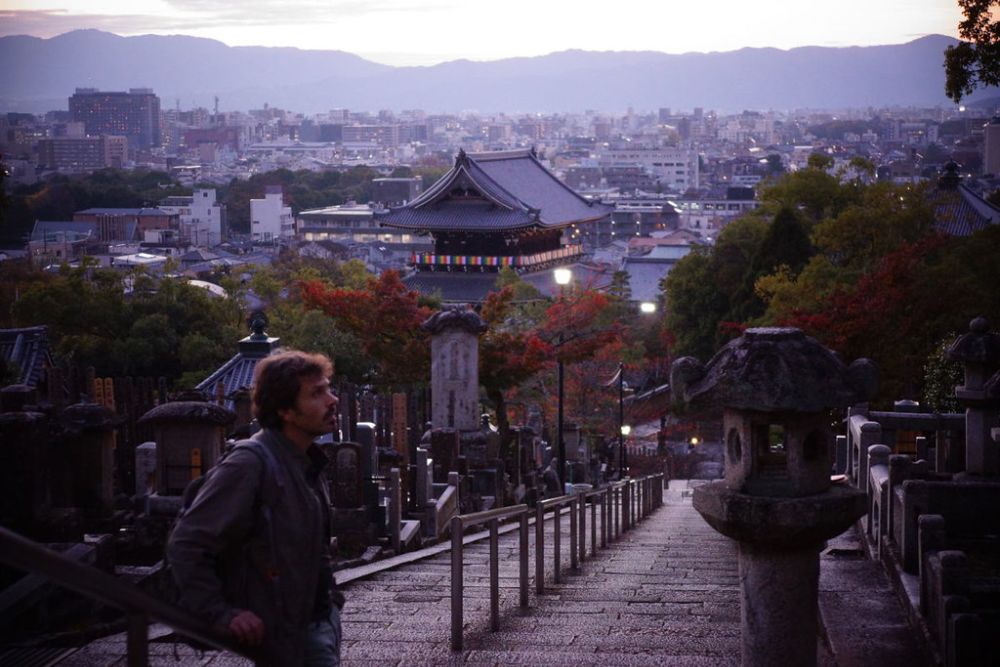
This hillside temple complex remains virtually unknown to foreign tourists despite offering some of the best views in eastern Kyoto. The cemetery here is particularly beautiful, with weathered stone monuments scattered among flowering trees that create a peaceful atmosphere of remembered lives.
The main temple building houses an unusual black Buddha statue that gives the temple its name. Local families still come here for traditional ceremonies, making it one of the few places where you can observe authentic Japanese religious practices without feeling like an intruder.
Bamboo Grove at Tenryu-ji
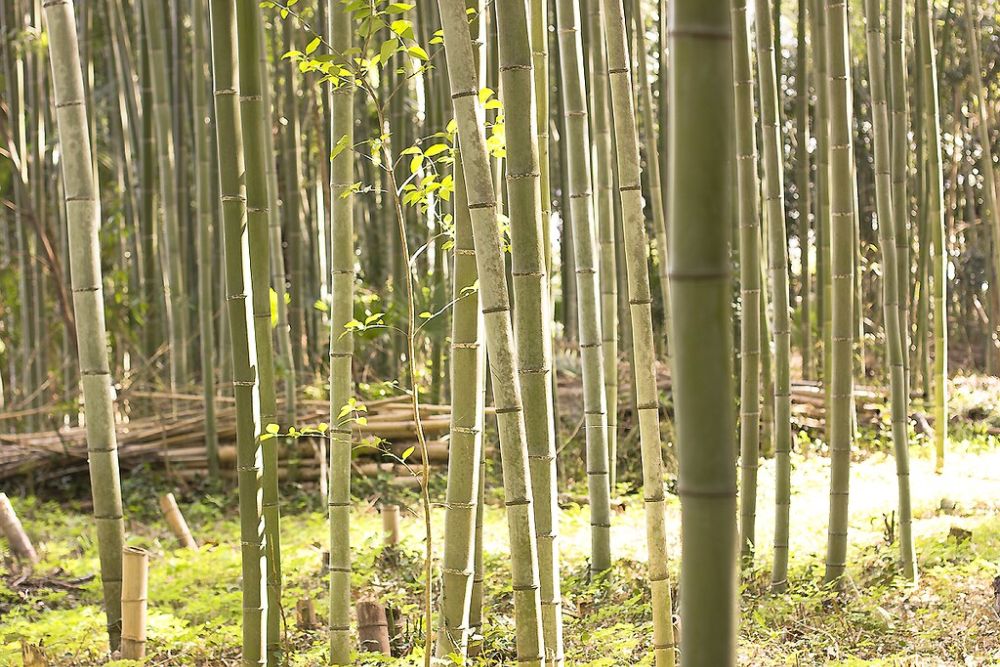
Everyone visits the famous Arashiyama bamboo grove, but the smaller grove behind Tenryu-ji temple offers the same magical experience without the crowds. The bamboo here grows taller and denser, creating a natural cathedral where sunlight filters through green columns like stained-glass windows.
The temple’s zen gardens showcase classical Japanese landscape design, with raked gravel representing ocean waves and carefully placed rocks symbolizing distant mountains. The combination of bamboo forest and traditional gardens creates a complete picture of Japanese aesthetic philosophy.
Fushimi Sake District
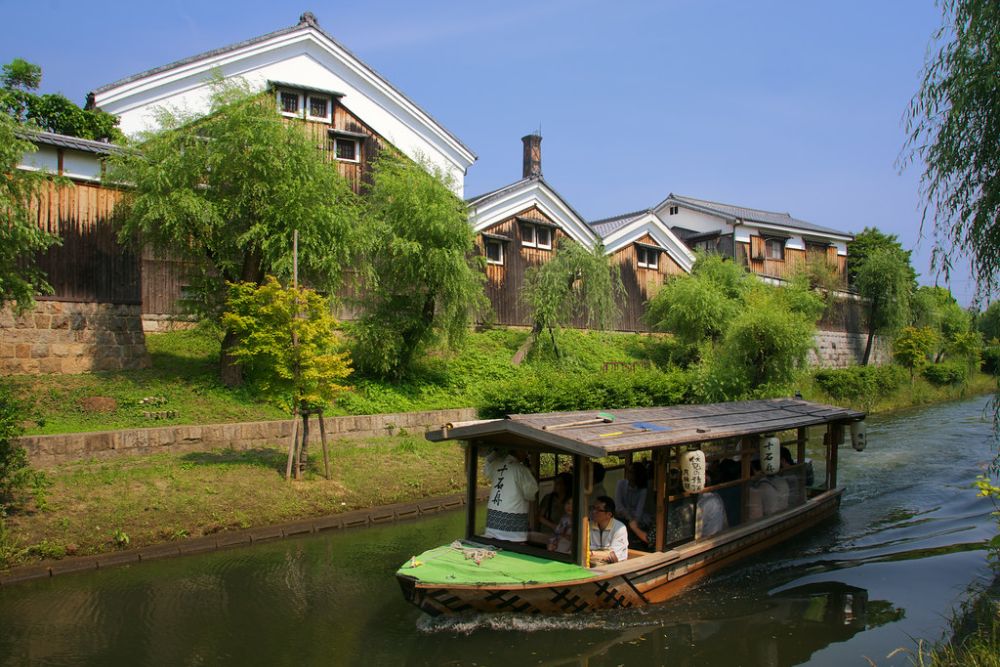
This historic neighborhood produces some of Japan’s finest sake using spring water that has bubbled from the ground for over 400 years. Traditional breweries line narrow canals where wooden boats once transported rice and finished sake throughout the region.
Many breweries offer tastings in buildings that haven’t changed much since the Edo period, with massive wooden vats and traditional brewing tools still in daily use. The area feels like stepping back in time, especially during winter months when steam rises from the brewing houses like incense from temple altars.
Like Travel Pug’s content? Follow us on MSN.
Kiyomizu-dera Temple at Sunset
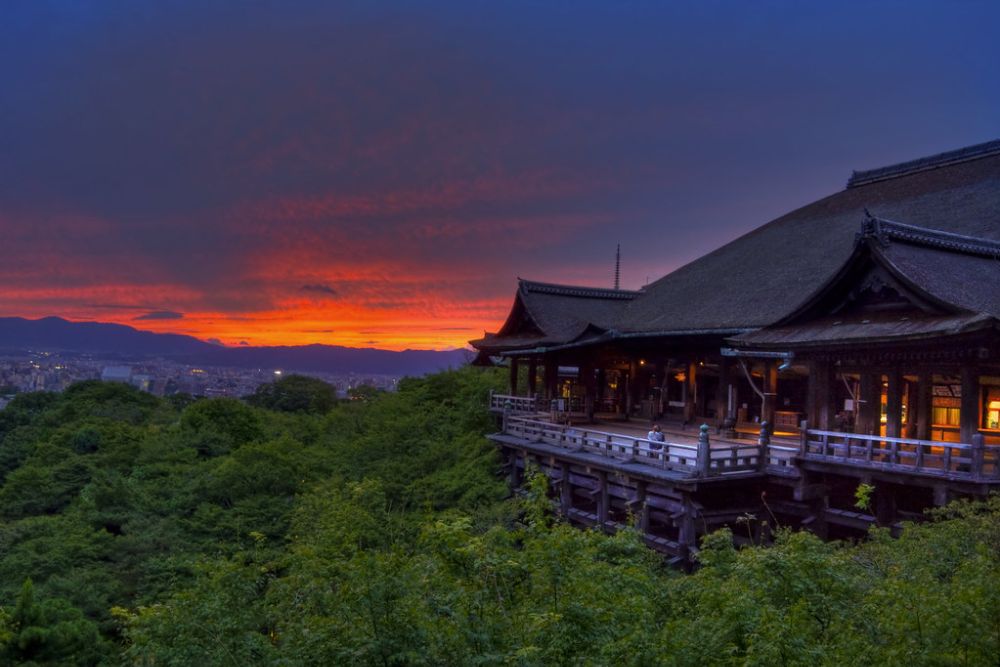
Most people visit this famous temple during busy daytime hours, but sunset transforms it into something almost mystical. The wooden platform offers panoramic views over Kyoto as the city lights begin to twinkle in the gathering dusk. The temple’s name means ‘clear water temple,’ referring to the Otowa Waterfall that has flowed beneath the main hall for over 1,200 years.
Evening prayers create a spiritual atmosphere that daytime crowds completely overshadow, with the sound of temple bells echoing across the ancient city.
Shisendo Temple
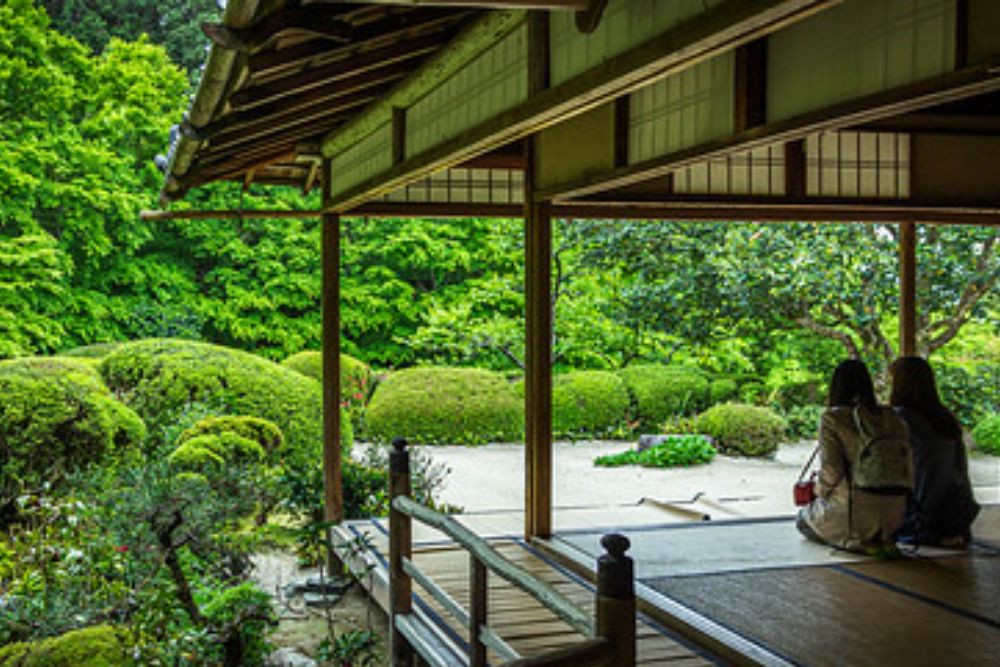
This intimate temple was designed by a 17th-century scholar as the perfect retreat for contemplation and poetry writing. The gardens here demonstrate the Japanese concept of ‘borrowed scenery,’ incorporating distant mountains into the overall design to create the illusion of infinite space.
The temple’s bamboo water feature creates a rhythmic sound that has inspired meditation for over 350 years. Visitors often find themselves staying much longer than planned, drawn into the same contemplative state that the original designer intended.
Ninna-ji Temple Grounds
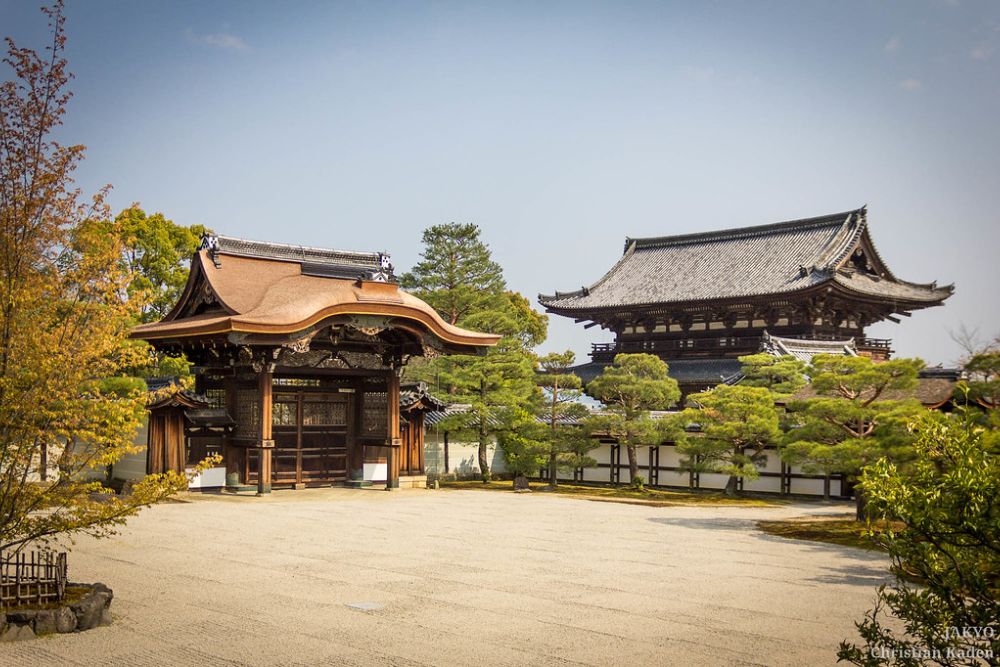
This World Heritage temple complex includes areas that most tourists never explore, including gardens that change character completely with each season. The late-blooming cherry trees here create spectacular displays weeks after other famous spots have finished flowering.
The temple’s five-story pagoda stands surrounded by perfectly maintained landscapes that demonstrate centuries of horticultural expertise. Former emperors chose this temple as their retirement home, and walking through the grounds reveals why they found it so conducive to spiritual contemplation.
Like Travel Pug’s content? Follow us on MSN.
Kozai-ji Temple
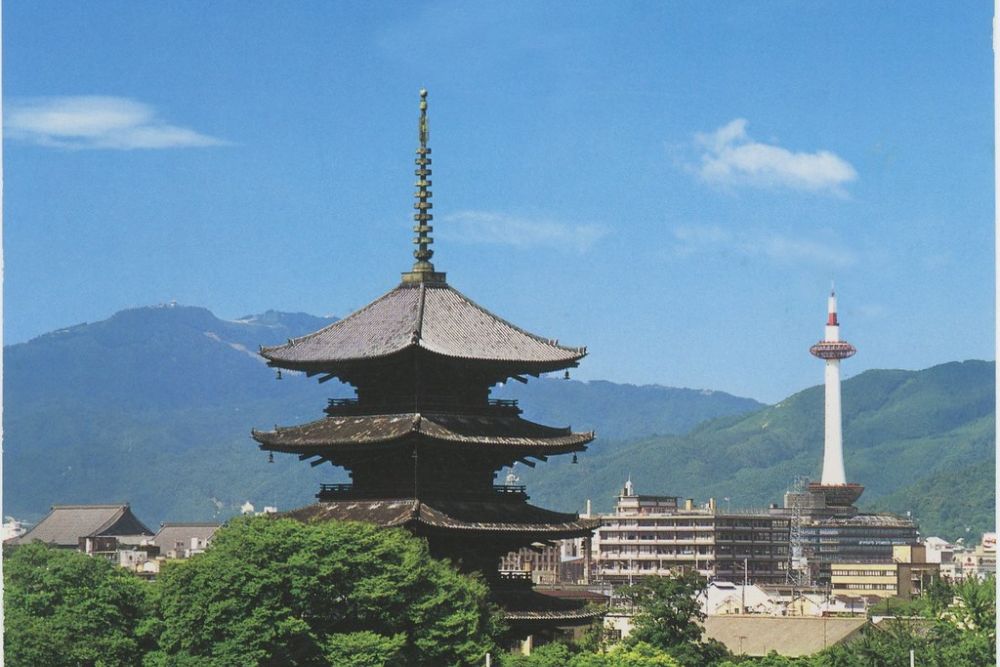
Hidden in the mountains east of the city, this small temple offers incredible views over Kyoto without the crowds that pack more famous viewpoints. The temple specializes in traditional Buddhist meditation practices, and visitors can sometimes join morning meditation sessions led by resident monks.
The approach road winds through mountain villages where traditional crafts like pottery and weaving continue much as they have for generations. The temple’s garden includes a stone arrangement that’s considered one of the finest examples of abstract landscape design in Japan.
Gion Corner Backstreets
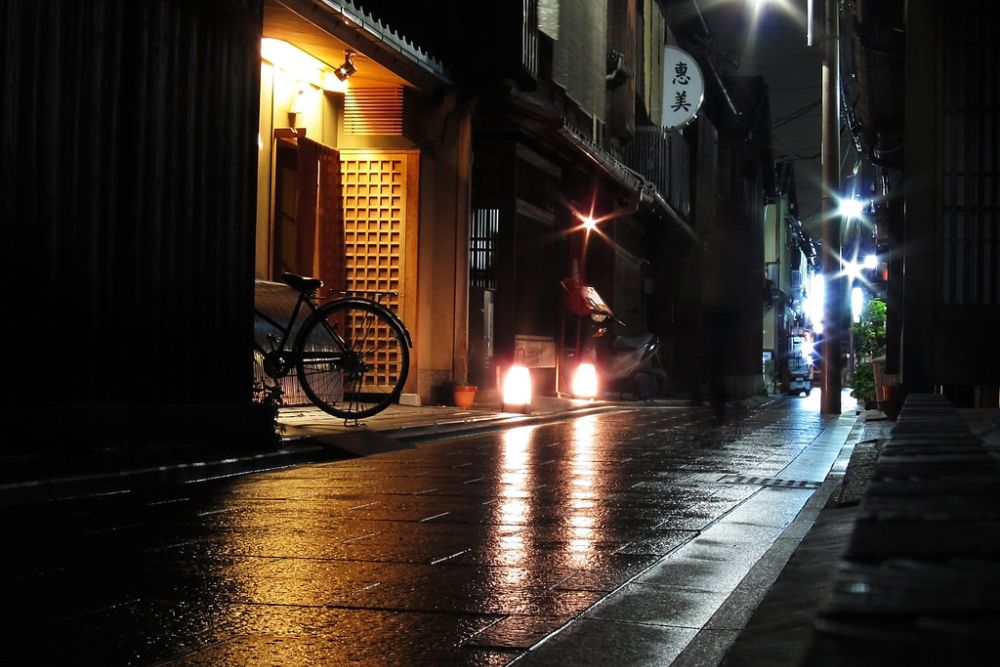
While tourists crowd Hanami-koji street hoping to spot geishas, the narrow alleys just one block away preserve the authentic Kyoto atmosphere without the circus-like crowds. Traditional wooden buildings house family-run restaurants that have served the same recipes for generations, passed down through families that never wrote anything down.
The machiya townhouses show how Kyoto merchants lived for centuries, with narrow fronts hiding surprisingly deep interiors designed around internal courtyards. Evening brings the soft glow of paper lanterns and the distant sound of shamisen music from exclusive tea houses.
Manshuin Temple
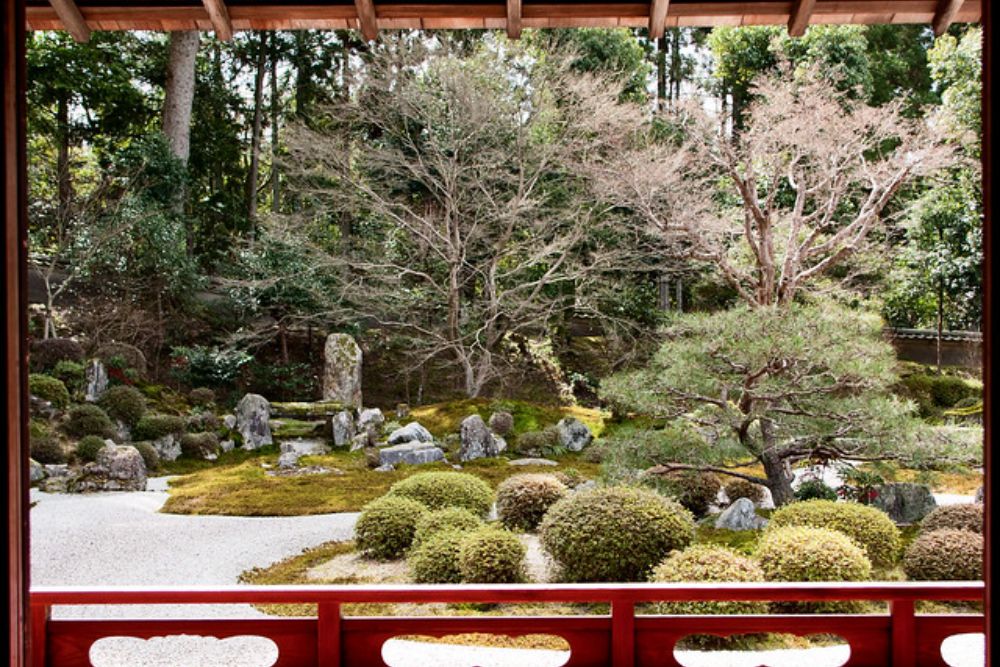
This mountain temple showcases some of the finest examples of traditional Japanese interior design, with sliding doors painted by masters of the Kano school. The temple’s gardens represent different seasons in separate areas, allowing visitors to experience autumn maples alongside spring cherry blossoms.
The approach through the mountain forest takes about 20 minutes from the nearest bus stop, ensuring that only dedicated visitors make the effort to reach this sanctuary. The temple’s abbot still conducts traditional tea ceremonies for small groups, offering rare insight into authentic Japanese cultural practices.
Like Travel Pug’s content? Follow us on MSN.
Honen-in Temple Grounds
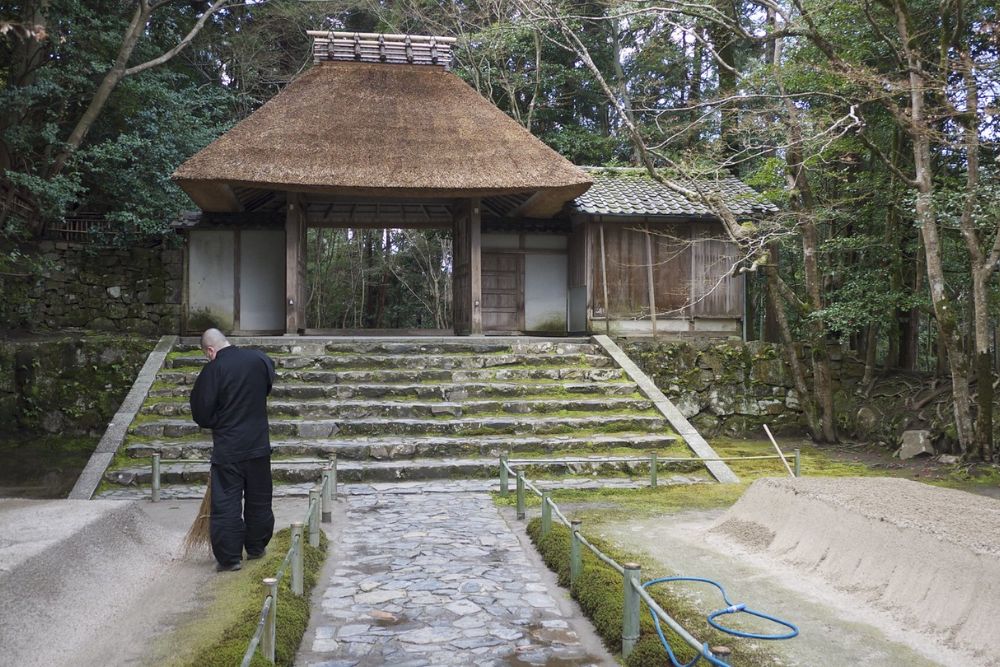
This often-overlooked temple near the Philosopher’s Path features one of Kyoto’s most photogenic gates, covered in moss and framed by maple trees that explode with color each autumn. The cemetery behind the main hall holds the graves of famous Japanese writers and philosophers, creating a peaceful place for reflection among weathered stone monuments.
The temple’s main building houses Buddhist artwork that spans several centuries, including scroll paintings that demonstrate the evolution of Japanese religious art. The grounds include meditation gardens designed specifically for contemplation, with stone arrangements that encourage quiet reflection.
Where Ancient Wisdom Still Lives
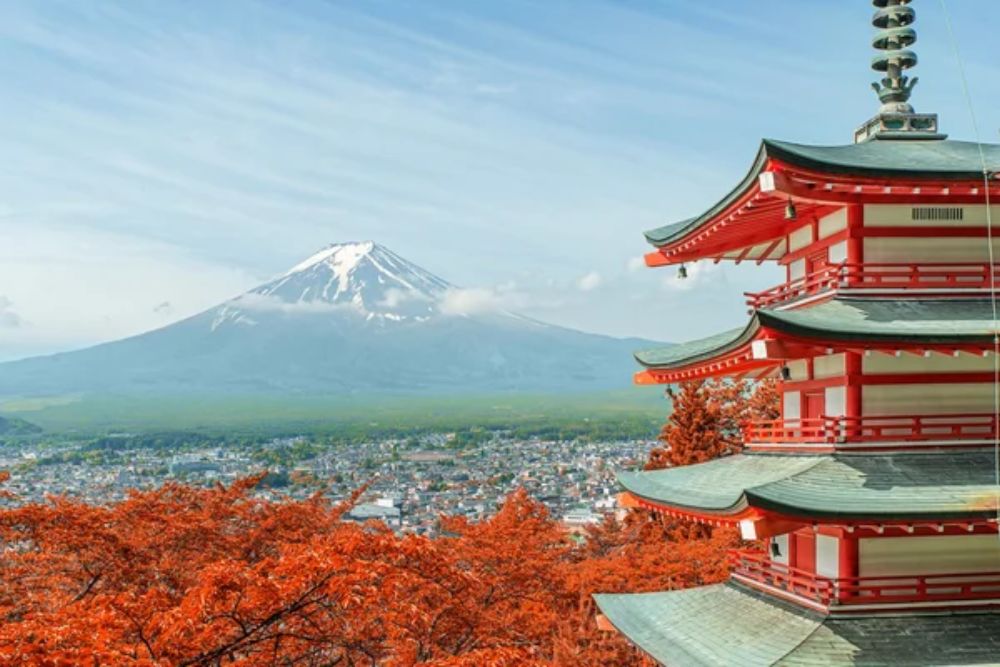
These hidden corners of Kyoto prove that the ancient capital’s greatest treasures aren’t always the most famous ones. While millions of visitors photograph the same handful of temples and gardens, these secret places preserve the contemplative spirit that originally made Kyoto Japan’s spiritual heart.
From mountain temples where monks still follow centuries-old routines to neighborhood shrines where local families pray for good fortune, these places connect modern visitors to traditions that have survived wars, earthquakes, and the relentless march of modernization. The real magic of Kyoto lies not in checking famous sites off a tourist list, but in discovering those quiet moments when the ancient world feels close enough to touch.
More from Travel Pug

- 20 Best Beach Towns in the Carolinas
- 13 Destinations Where Tourists Regularly Regret Their Trip
- 20 Things You Actually Get in First Class
- 20 Small Airports With Aviation Museums
- 20 Places in the U.S. That Are Perfect for a Reset Trip
Like Travel Pug’s content? Follow us on MSN.
